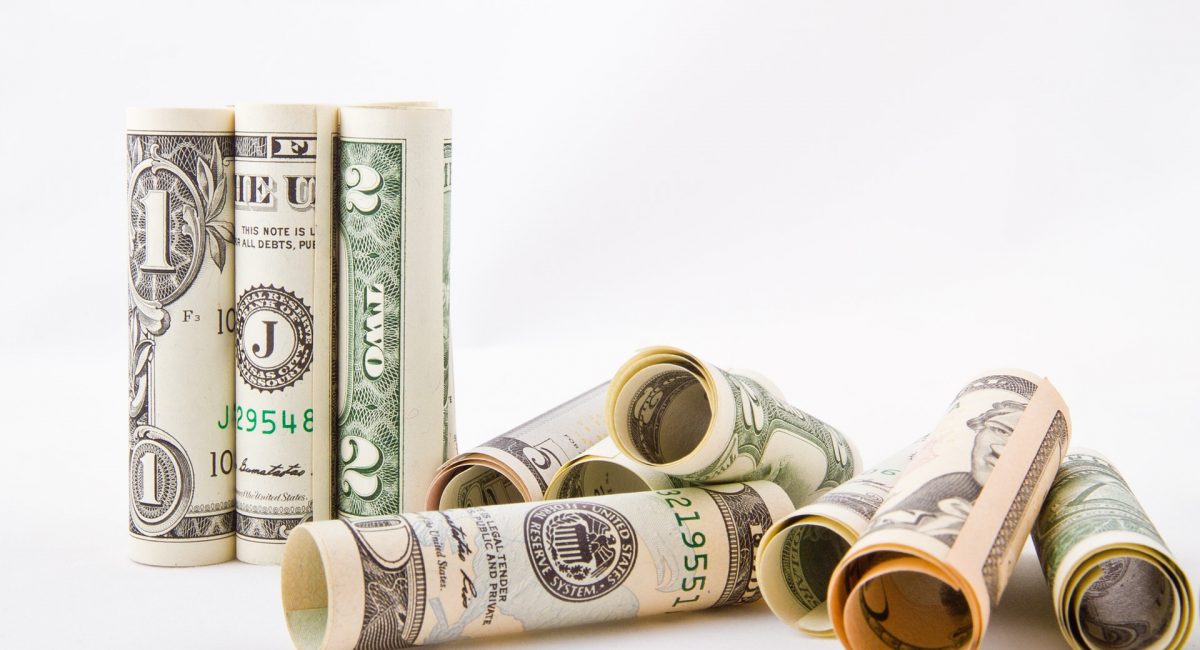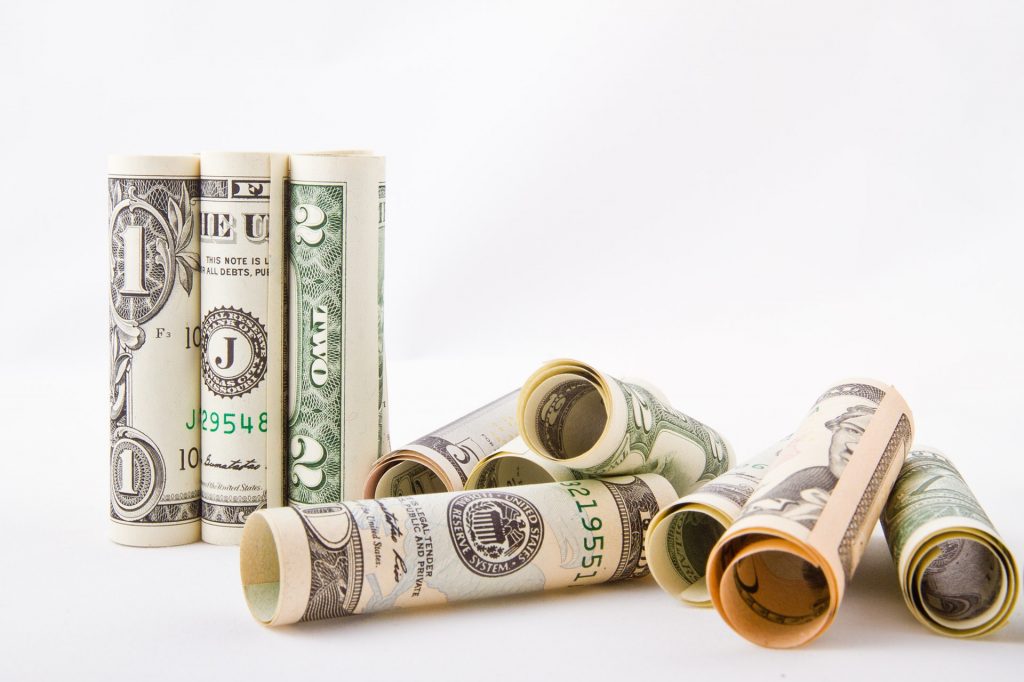NCAA College Professionals?
History of How the NCAA has treated College Athletes

By Kyle Schmidt
Should colleges have to pay their Athletes? This is a question that has been debated for decades. The NCAA makes over $1 Billion a year in revenue and many think that this money should be shared with the individuals generating that income, the students. The reason why the NCAA refused to pay students is due to the rule about amateurism. Which does not allow students, while they are still enrolled in college, to receive tournament winnings, grants, or prizes without risking their eligibility status.
Since the NCAA was started, it seemed that no matter how much outside pressure it had to compensate players over their billion-dollar industry, the NCAA was not budging, this led to multiple lawsuits in hopes of change. In March of 2016, a former UCLA basketball player filed a federal lawsuit against the NCAA over whether or not athletes should be compensated for the commercial use of name, image, and likeness. But after many appeals, the final outcome was that even though the court ruled that the NCAA’s amateurism is unlawful, they free themselves from any antitrust violations because it lets colleges compensate these players with college scholarships for tuition.
The amount of scholarships that the NCAA allows colleges to provide for their students is very limited. Football leads the way by a large margin with 85 full scholarships given each year, but the rest of the sporting teams only receiving less than 13/year. With baseball receiving 11.7, 4.5 for golf, 9.9 for soccer, 4.4 for tennis and volleyball, and basketball only coming in at 13 scholarships per year. Basketball, a sport that brings over $900 million from the March Madness tournament alone, only receives 13 scholarships per year. I can tell you first hand that these scholarships are not even close to enough support for student-athletes as many might think. I did not receive a full scholarship when I played at the collegiate level. I received a partial scholarship, like a lot of these other athletes. Colleges tend to break up these full scholarships and spread them around to many different players. So, with baseball receiving 11.7 full scholarships, they often break it up and spread them along to 20-25 students leaving them with only half scholarships which only pays a portion of your tuition. Student athletes have to dedicate endless hours to compete at that level with practices, games, road trips, workouts, training, meetings, etc. Therefore, they have no way to maintain a job that could bring in extra money to support themselves through college, like every other student does.

In March of 2019, we finally saw a major breakthrough in favor of getting college athletes compensated for their hard work. US District Court Judge Claudia Wilken ruled to finally allow each conference and its member schools to provide additional education-related benefits without it counting towards the NCAA caps and prohibitions. It was based on further helping these students pay for college. Instead of colleges giving cash, athletes would receive college supplies such as computers or scholarships for postgraduate degrees. This led to California becoming the first state to pass a law known as the Fair Pay to Play Act in September. This act allowed college athletes to get paid for endorsement deals, and have the ability to hire their own sports agent. With Florida, New York, Minnesota, Nebraska, Pennsylvania, and South Carolina pushing similar legislation it was finally time for the NCAA to get ahead of this movement.
As a result, after over a century of work and an increasing push from the public to have student athletes get paid, the NCAA Board of Governers voted unanimously to allow student-athletes to be paid for the use of their name, image and likeness. With the chair board for the NCAA stating “we must embrace the change to provide the best possible experience for college athletes.” It was clear that the NCAA was losing its grip in this fight with the new state laws and legislations being passed to allow student athletes to get paid. So, they finally caved and passed the voting. The three divisions and the NCAA now must come together and come up with the rules between now and January 1st, 2021, which then will go into effect in 2023.
It is still up in the air from experts to try and estimate how much students might be getting once this rule is put into effect. Some are suggesting it could be anywhere from hundreds of thousands of dollars to even millions for the prime-time athletes. This begs the question, “Do former athletes have any rights to compensation?” Since student-athletes have been generating millions of dollars to their colleges for hundreds of years, does this new rule allow these former athletes to either sue the NCAA or their colleges? Will they push to get their share in which they have been fighting for, or will they be left with nothing. It will be very interesting what comes as a result, and I know that we are all anxious to find out what the future holds for the NCAA and its student-athletes going forward. If nothing else, maybe we can at least get a new NCAA football 2023!

